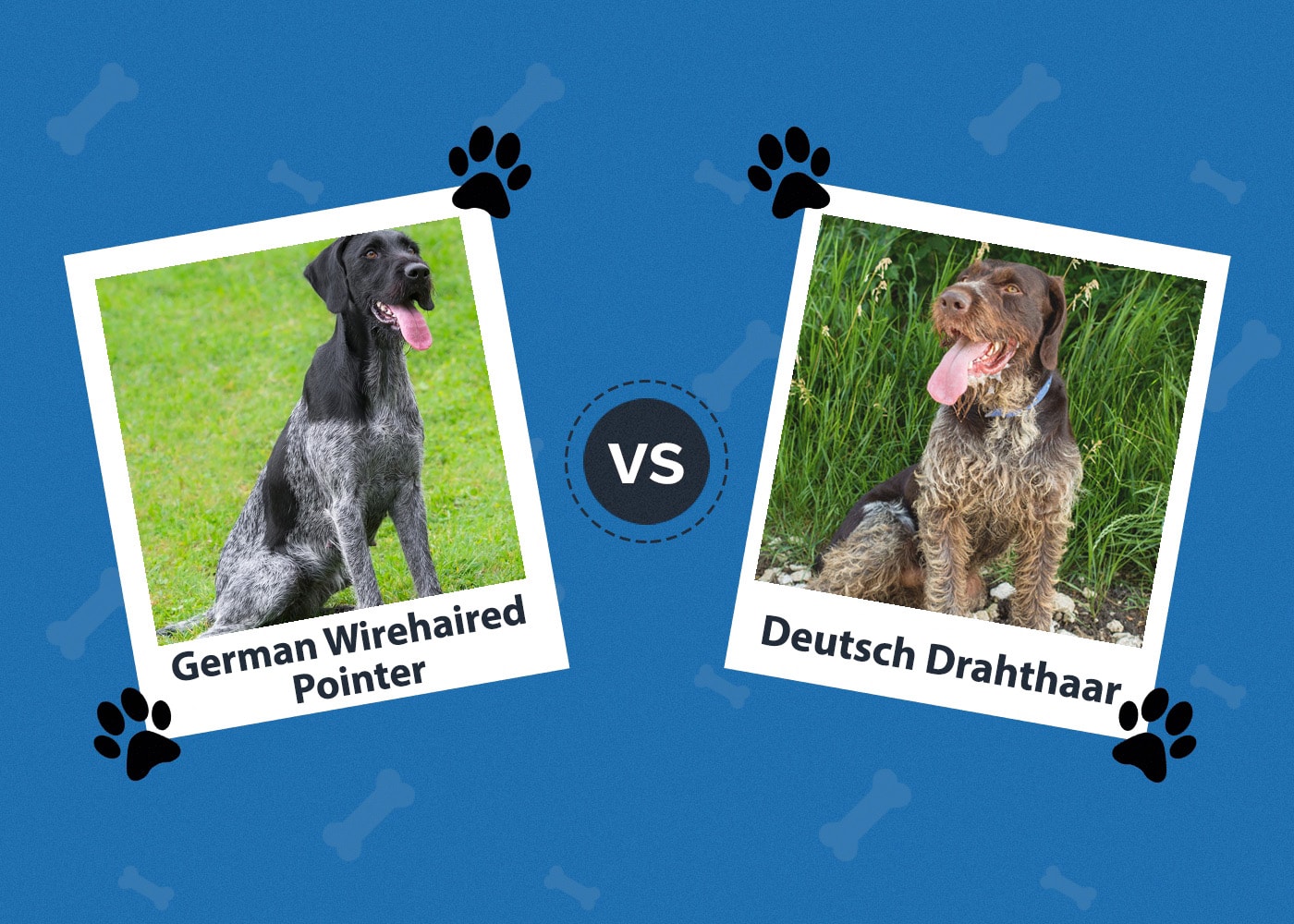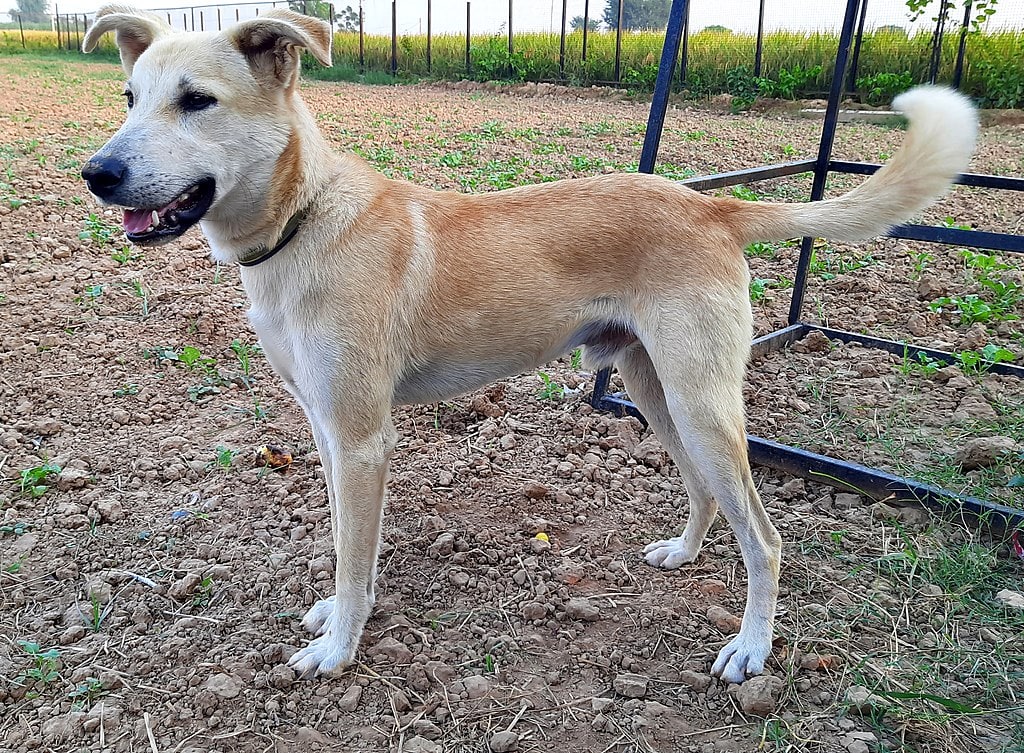Are Belgian Malinois Aggressive? Understanding Your Dog
Updated on
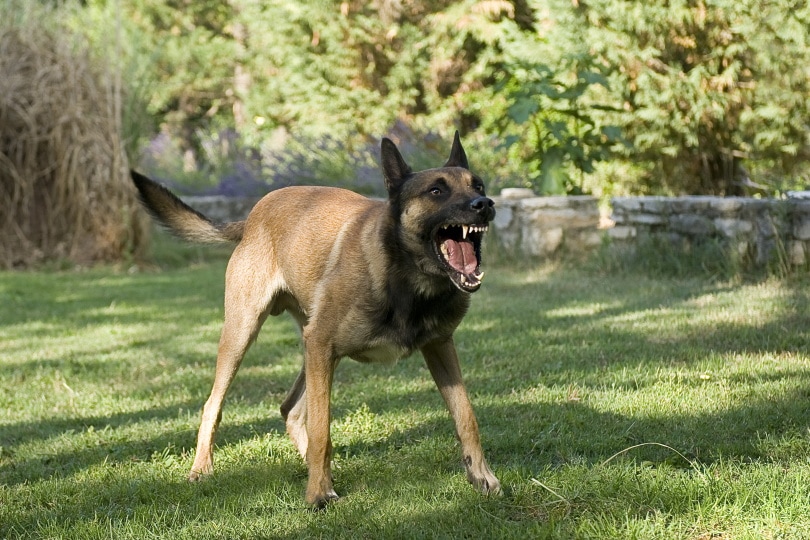
Belgian Malinois are often known for their impressive working abilities. In recent years, they’ve gained popularity as military and police dogs. However, they have a reputation for being highly trained and protective animals. So, some people may wonder if Belgian Malinois are aggressive.
If you’ve ever wondered, “Are Belgian Malinois aggressive?” you’re in the right place. Belgian Malinois dogs can exhibit aggressive behavior if not properly socialized and trained. Keep reading to explore Belgian Malinois and their history with aggression, where we also debunk some common misconceptions about them and provide tips on preventing such behavior.
Are Belgian Malinois Dogs Aggressive?
While a Belgian Malinois can display aggressive behavior, it’s not a breed-specific trait and can occur due to various reasons. That includes genetics, environment, and training.
According to AKC, the breed is popular for its protective instincts and territoriality. These characteristics can sometimes manifest as aggression. Yet, the AKC also states they are “intelligent, obedient, and eager to work.” That means these dogs are trainable and responsive to positive reinforcement.
A 2021 study1 found that Belgian Malinois had one of the highest prevalences of aggression toward strangers. It’s worth noting this study only analyzed data from one veterinary clinic. So, it may not represent the whole breed.
Belgian Malinois often work as police and military dogs, trained to apprehend and subdue suspects. This type of training can sometimes result in aggressive behavior.
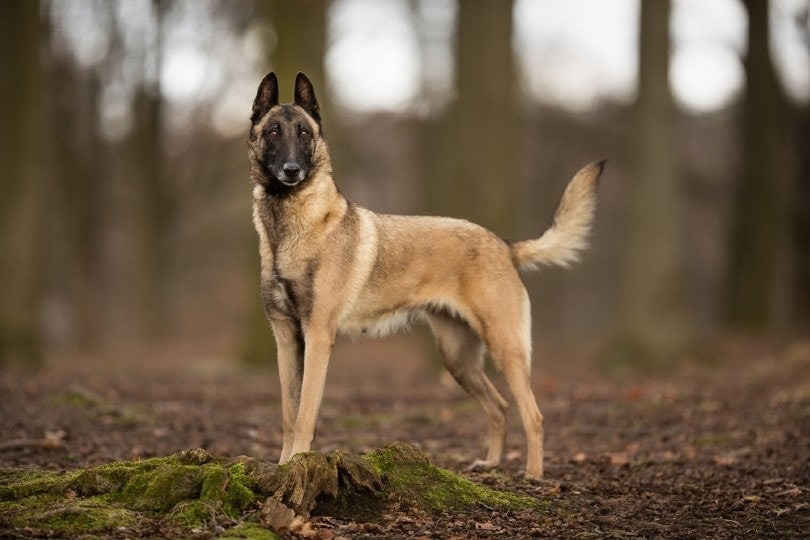
The History of Belgian Malinois and Their Aggression
Belgian Malinois, also known as the Belgian Shepherd Dog, is a breed that originated in Belgium. Initially bred for herding and guarding livestock, they have also provided service for various types of work. That includes police and military work, search and rescue, and service dogs.
This breed first entered the United States in the early 1900s. Here, they primarily worked as police dogs. In the following years, they became a common sight in law enforcement agencies nationwide.
Belgian Malinois are known for their loyalty, intelligence, and hardworking nature. But they have also been associated with aggression in the past. This is primarily due to their use as police and military dogs.
However, you must note that aggression in Belgian Malinois is not a breed-specific trait. Like any other dog breed, their temperament is dependent on various factors. That includes genetics, early socialization, and training.
Belgian Malinois can be friendly and well-behaved pets with proper socialization and training. Plus, aggression in Belgian Malinois is not always a bad thing. In the right circumstances, well-trained dogs can use their strength to protect their owners.
 Factors that Make Belgian Malinois Aggressive
Factors that Make Belgian Malinois Aggressive
Belgian Malinois can exhibit aggressive behavior if they are not correctly socialized and trained. Here are some factors that may contribute to aggression in Belgian Malinois:
Genetics
Genetics plays a significant role in a dog’s temperament. That includes its potential for aggression. This 2022 study states that genetics accounted for 40% of the variation in aggression among dogs.
Belgian Malinois from aggressive bloodlines or parents are more likely to exhibit aggressive behavior. Another 2022 study claims that heritability for aggression in Belgian Malinois was moderate to high. That means aggression can pass down from parent dogs to their offspring.
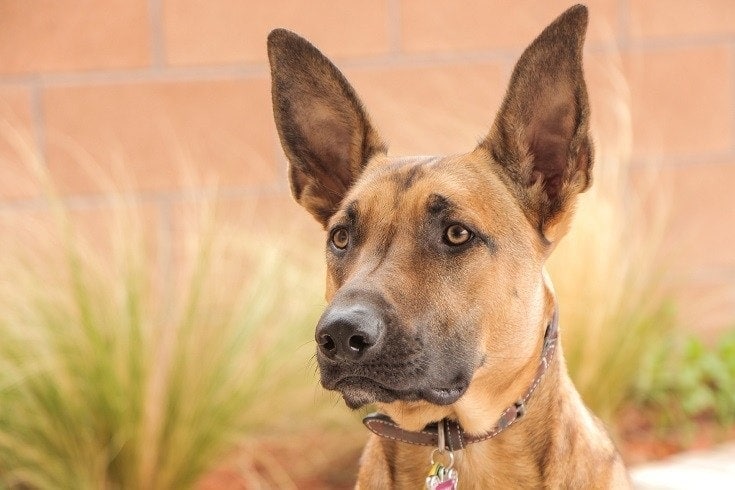
Lack of Socialization
A 2020 study states that puppies who received adequate socialization are less likely to develop aggressive behavior toward strangers. The same cannot be said for puppies with minimal socialization.
However, unsocialized Belgian Malinois may become aggressive toward unfamiliar people or animals. The study also concludes that dogs not socialized before 12 weeks were likelier to exhibit aggression.
Inadequate Training
Belgian Malinois are intelligent and highly trainable dogs. They excel at various training activities, such as obedience, agility, and protection work. However, they may become confused and anxious if they do not receive proper training. This 2022 study states that dogs who received obedience training were less likely to behave aggressively.
Fear
Fear is a significant factor contributing to aggressive behavior in Belgian Malinois. Like all dogs, Belgian Malinois may become fearful if they perceive a threat. They may respond aggressively to protect themselves if they cannot escape or avoid the situation.
According to this 2022 study, fear is the most common cause of aggression in dogs. In fact, it accounts for 55% of all reported cases.
Certain stimuli may also trigger fear-based aggression. That can include loud noises, unfamiliar people or animals, or new environments.
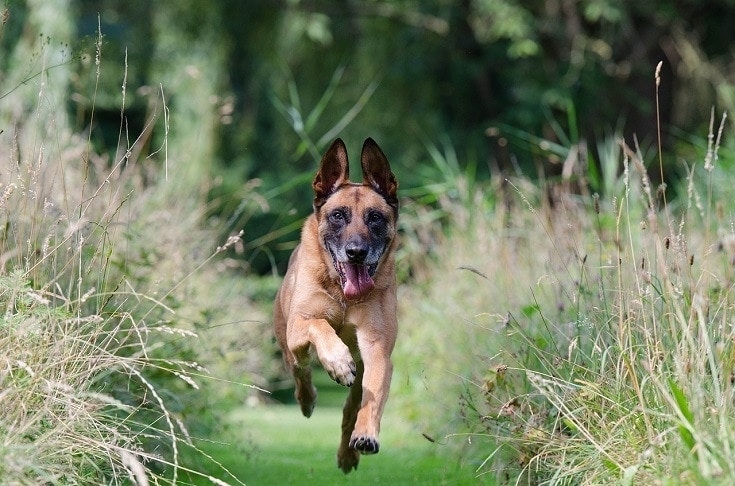
Provocation
Provocation can be a major factor in a dog’s aggression, including Belgian Malinois. Dogs may become aggressive if they perceive a threat. That can include physical or verbal provocation. Physical provocation can include hitting, kicking, or pulling the dog’s tail. Verbal provocation can include yelling, taunting, or making sudden loud noises.
In some cases, dogs may even interpret unintentional actions as provocation. That can include accidentally stepping on their tail or pushing them. It’s important to avoid provoking dogs and treat them with respect to prevent aggressive behavior.
Misconceptions About Belgian Malinois Aggressiveness
Belgian Malinois are often misunderstood and stereotyped as aggressive dogs. However, most of these myths are due to generalizations rather than factual evidence. Here are some common misconceptions about aggression in Belgian Malinois:
Belgian Malinois Are Naturally Aggressive
No evidence suggests that Belgian Malinois are naturally aggressive towards others. The AKC describes Belgian Malinois as “confident, watchful, and protective” but not aggressive.
Temperament testing has also shown that Belgian Malinois score no higher in aggression than other breeds. When tested for aggression in a study by the University of Pennsylvania, Belgian Malinois scored no higher than other breeds. That includes Labradors and Golden Retrievers.
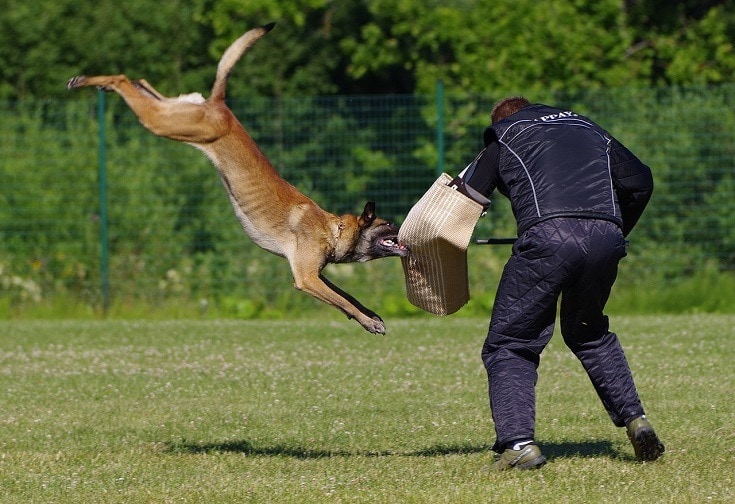
You Cannot Trust Belgian Malinois Around Other Pets
Belgian Malinois may have a strong prey drive due to their working and herding instincts, but that does not mean you can’t trust them around other pets. Belgian Malinois can coexist peacefully with other pets if properly socialized from a young age.
Many Belgian Malinois owners have reported successfully integrating their dogs with other pets. That includes cats, dogs, and other domesticated animals. Introducing the Belgian Malinois to other pets with patience is vital to ensure positive interactions.
Belgian Malinois Are Too Aggressive for Regular Obedience Training
No evidence suggests that Belgian Malinois are too aggressive for regular obedience training. Belgian Malinois are known for their high intelligence and trainability. This makes them well-suited for obedience training.
Belgian Malinois often work as law enforcement and military working dogs. That’s mainly due to their ability to learn quickly and strong work ethic.
Additionally, Belgian Malinois have excelled in various dog sports and competitions. That may include obedience trials, agility competitions, and Schutzhund.
Belgian Malinois Are Not Suitable for Families With Children
According to the AKC, Belgian Malinois are highly protective of their families, including children. Of course, any dog breed should have supervision around young children. But a trained and socialized Belgian Malinois can make an excellent family pet.
The Belgian Malinois is ideal as a family protection dog due to being trainable and obedient. In a study by the University of Pennsylvania, Belgian Malinois scored highly in trainability and obedience.
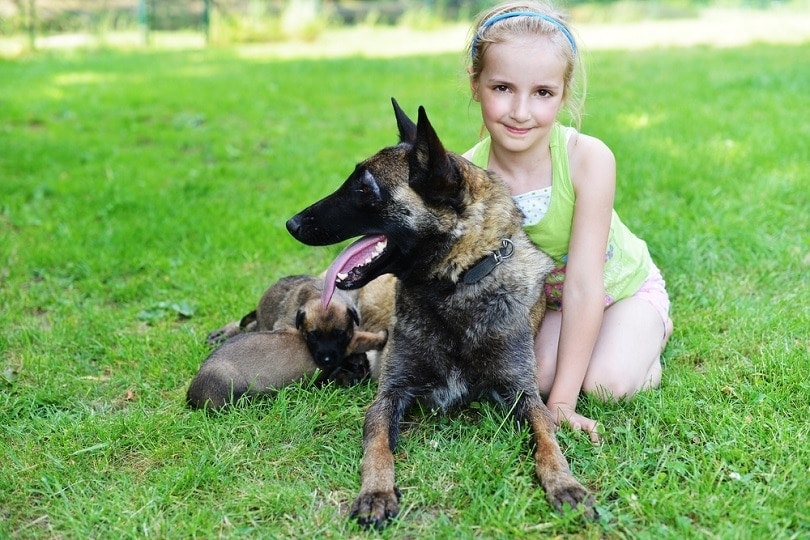
How to Prevent Aggression in Belgian Malinois
Preventing aggression in Belgian Malinois starts with proper socialization and training. Here are some steps that can help prevent aggression in Belgian Malinois:
- Socialization: Start socializing your Belgian Malinois from a young age. You can do so by exposing them to different people, animals, and environments. This can help reduce the likelihood of fear-based aggression and make them more confident.
- Training: Provide your Belgian Malinois with proper training. That includes obedience training and other positive reinforcement. This can help them understand what’s expected of them and reduce the likelihood of aggression toward others.
- Exercise: Belgian Malinois are high-energy dogs requiring plenty of exercise to stay healthy and happy. Providing them with enough exercise and mental stimulation can reduce boredom or frustration.
- Positive Reinforcement: Reward your Belgian Malinois for good behavior with positive reinforcement. That may include treats, praise, or playtime. This can help reinforce positive behavior and reduce aggressive behavior.
- Avoid Punishment-Based Training: Avoid using punishment-based training techniques with your Belgian Malinois. It can lead to fear-based aggression and other behavioral issues.
Conclusion
Belgian Malinois are not naturally aggressive dogs, but they’ve been selectively bred for their protective and working abilities throughout history.
Like all dogs, their temperament is dependent on various factors. That includes genetics, socialization, and training. That also means Belgian Malinois can exhibit aggressive behavior if not socialized or trained.
However, they can make excellent companions and working dogs with proper care and attention.
Featured Image Credit: cynoclub, Shutterstock

 Factors that Make Belgian Malinois Aggressive
Factors that Make Belgian Malinois Aggressive


